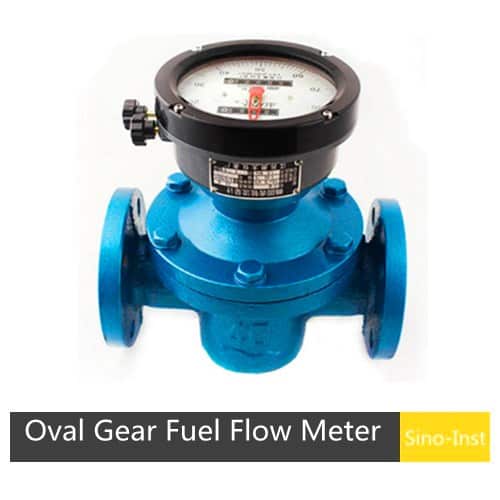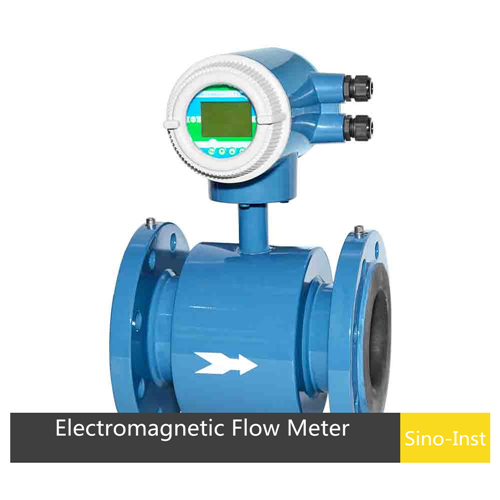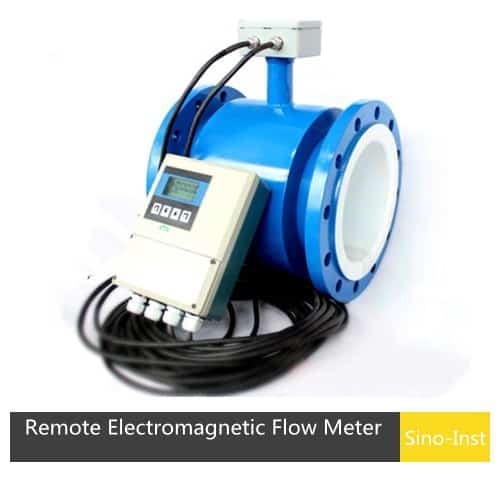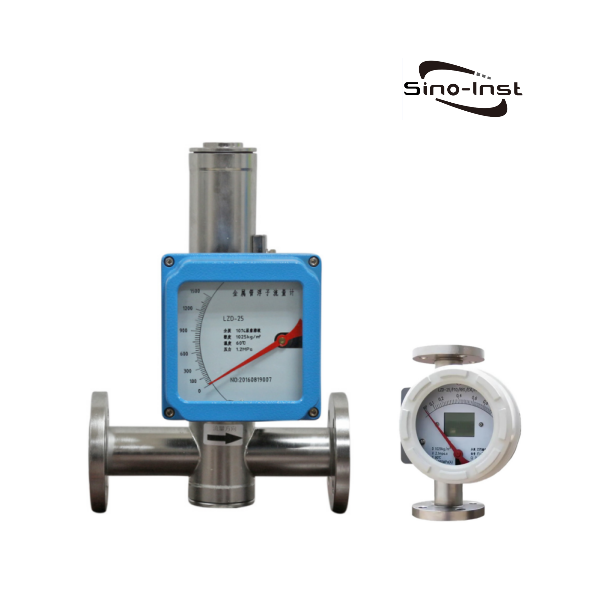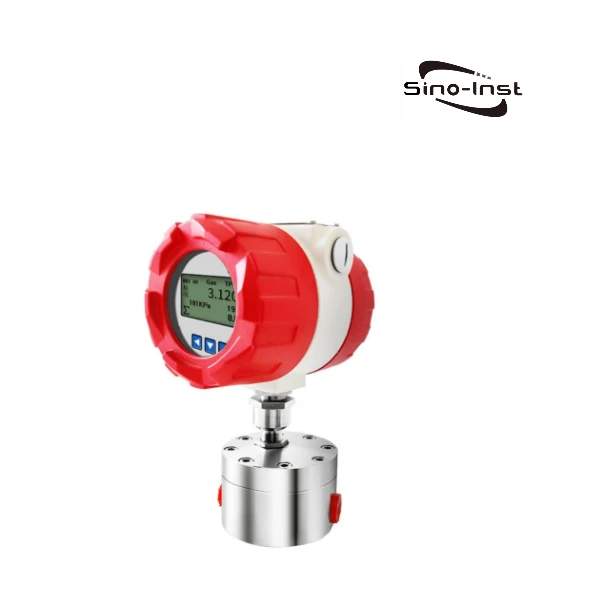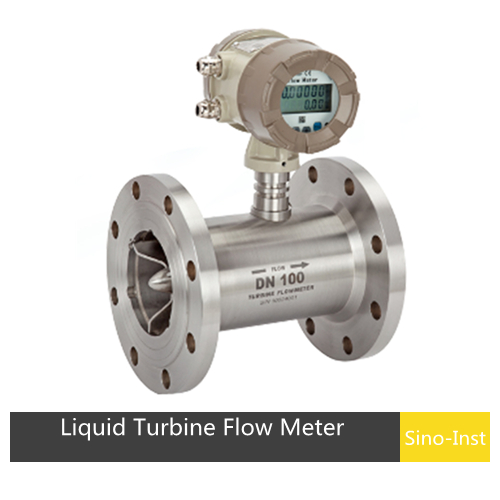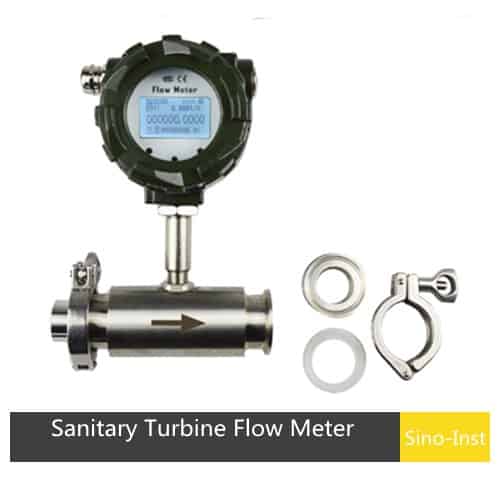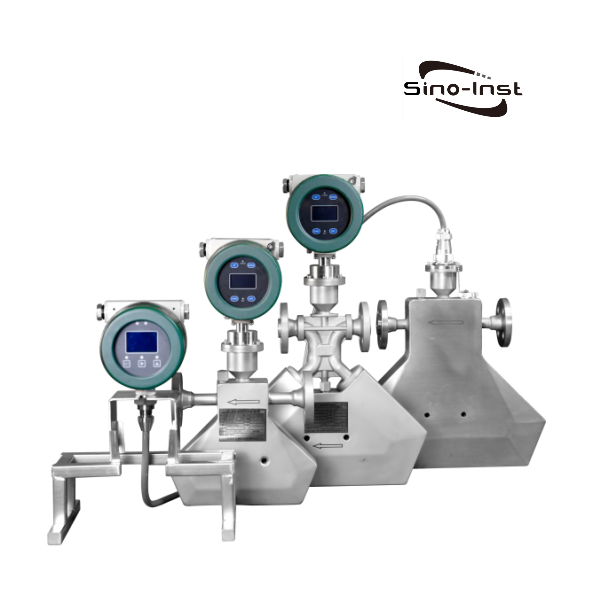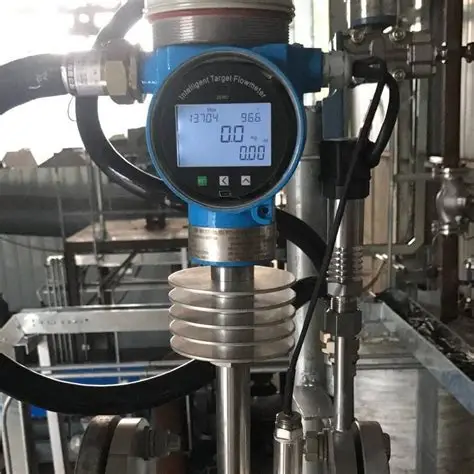
Flow meters are commonly used measuring devices in industrial production and scientific experiments. They are used to measure the flow of fluid in pipes. The accurate reading of flow meter readings plays an important role in enterprise production and safety management. This article will introduce in detail how to correctly read the flow meter, ground display and remote display, and the power supply method of the display.
How to Read a Flow Meter?
The reading of a flow meter mainly depends on its type and design. Generally speaking, most flow meters have a display or indicator , which can directly display the amount or speed of fluid flowing through the device. When reading, you should first confirm the unit of the flow meter. Such as cubic meters/hour, liters/minute, etc. Then you can read the value directly on the display or dial.
For a float flow meter, you read the scale on the top of the float. For spool flowmeters, read the scale on the top of the spool. For digital flow meters, the display screen will directly display the flow value, which is very convenient to read. For a mechanical flow meter, you may need to read where the pointer is pointing and convert it based on the units on the dial.
When reading a flow meter, you also need to pay attention to its stability and accuracy. If the flow meter reading fluctuates greatly, it may be due to unstable fluid conditions or other external factors. At this point,
you should check the installation and usage environment of the device.
How to Read Various Types of Flow Meters?
Reading flow meters can be roughly divided into two types: mechanical and intelligent digital display.
Correctly reading a flow meter depends on the flow meter technology used in the flow meter. Whether dial type, float type or digital display, they use different structures and flow meter technologies.
How to Read a Mechanical Flow Meter (Float)?
For float-type indicating flow meters, these include common or rotameter flow meters. These flow meters have a clear tube with a component (a float or spool) inside that moves up and down with the flow.
When reading a float-type indicator flow meter, you must refer to the manufacturer’s data sheet to ensure accurate flow readings. Most Sino-inst float flow meters read at the top of the float. You simply find the top of the float and compare it to the scale printed on the outside of the flow meter. Please note the unit of measurement on the printed scale to avoid misunderstandings about flow rates.
In addition, you also need to be aware of the parallax error. To avoid this visual bias, please keep your eyes level with the top of the float. Then, depending on specific float design, align your eyes with the scale numbers on the top of the float. In this way, you can get accurate flow rates through the units indicated on the scale.
The method of reading a pointer flow meter is roughly the same as the float type. They all need to ensure a suitable viewing angle to avoid parallax errors. But for the pointer flow meter, you can use the arrow to find the reading on the dial.
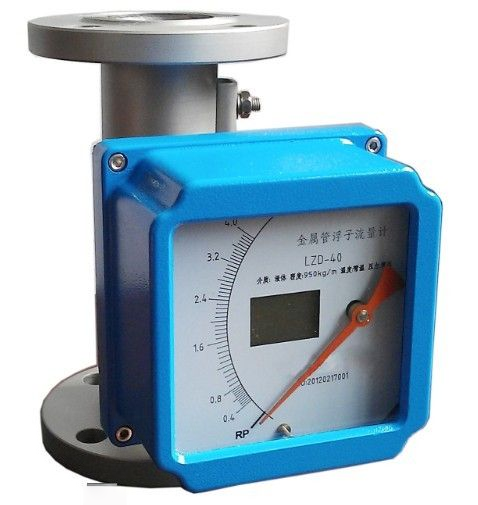
Sino-Inst offers a wide range of rotameter products. We would be glad to help you learn how to read your flow meter, or refer to other flow meter models to replace one that may no longer be readable.
How to Read a Digital Flow Meter?
Another type of reading flow meter is the digital display type. Most flow meters with a digital display will show the flow reading on the display screen. Depending on what other features your flow meter offers, you may need to use built-in electronics or a menu to set the display to show flow.
When reading a digital flow meter, we can activate the display by shining a light or pressing a button. Then read the numbers from left to right. Digital flow meters typically display instantaneous flow and total flow accumulated over a period of time. Many models can display engineering units, battery status, temperature and pressure. Some models can also display additional information. Examples include resettable partial totals and non-settable totals.
If you own a digital flow meter , but you are not sure how to program the display to display data, please contact our expert engineers. We will guide you through the entire process. If your digital flow meter is not functioning properly, our engineers will be more than pleasure to provide you with a suitable flow meter replacement.
How to Read an Electromagnetic Flow Meter?
Electromagnetic flow meter is a commonly used flow meter. Its principle is to quantitatively measure the volume flow of conductive liquid through magnetic field induction. Electromagnetic flow meters are usually equipped with an LCD display. They can directly display instantaneous flow and cumulative flow.
When reading the electromagnetic flow meter, you should first confirm the unit on the display. Electromagnetic flow meters of different calibers may display different units. Such as liters and cubic meters. Small diameter equipment is often measured in “liters”. Large-diameter equipment is measured in cubic meters. This will need to be adjusted based on pipe specifications and your application needs.
Then directly read the value of instantaneous flow or accumulated flow. Instantaneous flow represents the volume of fluid flowing per unit time. And the cumulative flow represents the total volume of fluid flowing from a certain moment to the present.
Some electromagnetic flow meters allow you to view more data by pressing buttons. Such as flow rate, fluid temperature, and fluid pressure. Some meters require a password to access the settings interface.
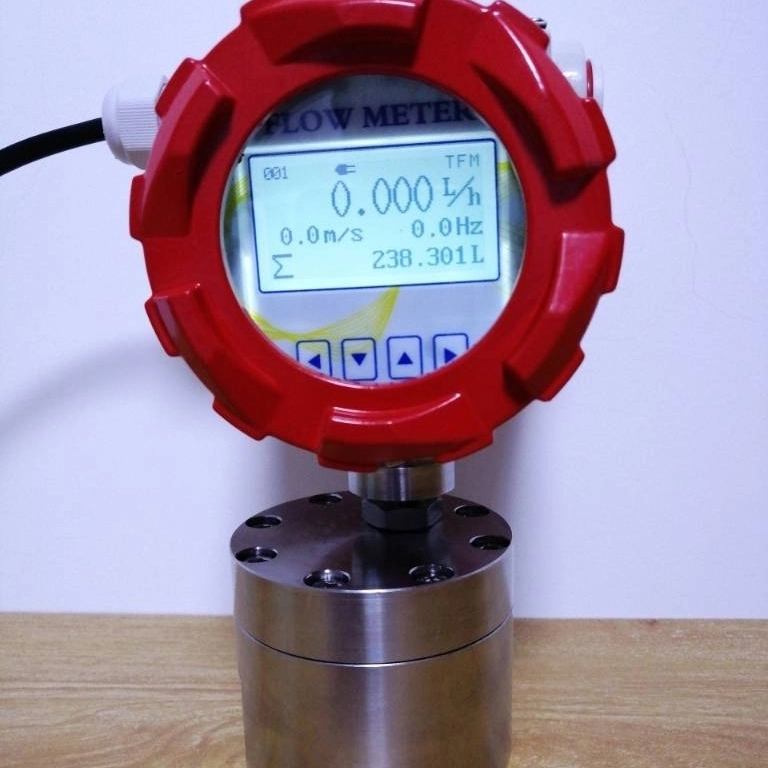
How to Read a Turbine Flow Meter?
A turbine flow meter measures flow rate through the rotation of a turbine. When reading a turbine flow meter, you should be aware of unit conversion, convert the flow rate to liters, and use a formula for calculations.
First, we need to understand how a turbine flow meter works. A turbine flow meter contains a turbine. When fluid passes through it, the turbine is impacted by the fluid, causing it to rotate. The rotation speed of the turbine is proportional to the flow rate of the fluid. Therefore, by measuring the rotation speed of the turbine, we can calculate the flow rate of the fluid.
Secondly, we need to know how to correctly read a turbine flow meter. Typically, a turbine flow meter’s reading is displayed on the display. This reading may be in cubic meters per hour (m³/h) or other flow units. When reading , we need to be careful about unit conversions. Because the conversion factors between different units may vary.
So, how can we accurately read the flow rate data from a turbine flow meter and convert it to liters? We need to understand the turbine flow meter’s flow range and conversion factor. This information is usually listed on the flow meter’s manual or nameplate. Once we know the flow range and conversion factor, we can use the formula to calculate the flow rate.
How Do You Read a Mass Flow Meter?
Before reading a mass flow meter, you need to determine its display type. These can be direct-reading digital or mechanical.
For digital displays, simply note the displayed number and ensure it’s in the correct mass unit. For example, grams per minute (g/min) or kilograms per hour (kg/h) represent mass, not volume. For mechanical displays, such as floats or arrows. You observe the position of the top of the float or the tip of the arrow relative to the scale on the tube. Align the indicator with the nearest mark on the scale and record the corresponding mass flow rate.
How Do You Read a Vortex Flow Meter?
The principle for reading a vortex flow meter is the same as for a turbine flow meter. However, you need to interpret the total flow rate and flow velocity on the digital display. These two values are calculated based on the frequency of the detected vortices. Each vortex corresponds to a specific, factory-defined fluid volume, represented by the flow meter’s unique K-factor.
Some vortex flow meters have temperature and pressure compensated. The display will then show pressure and temperature values.
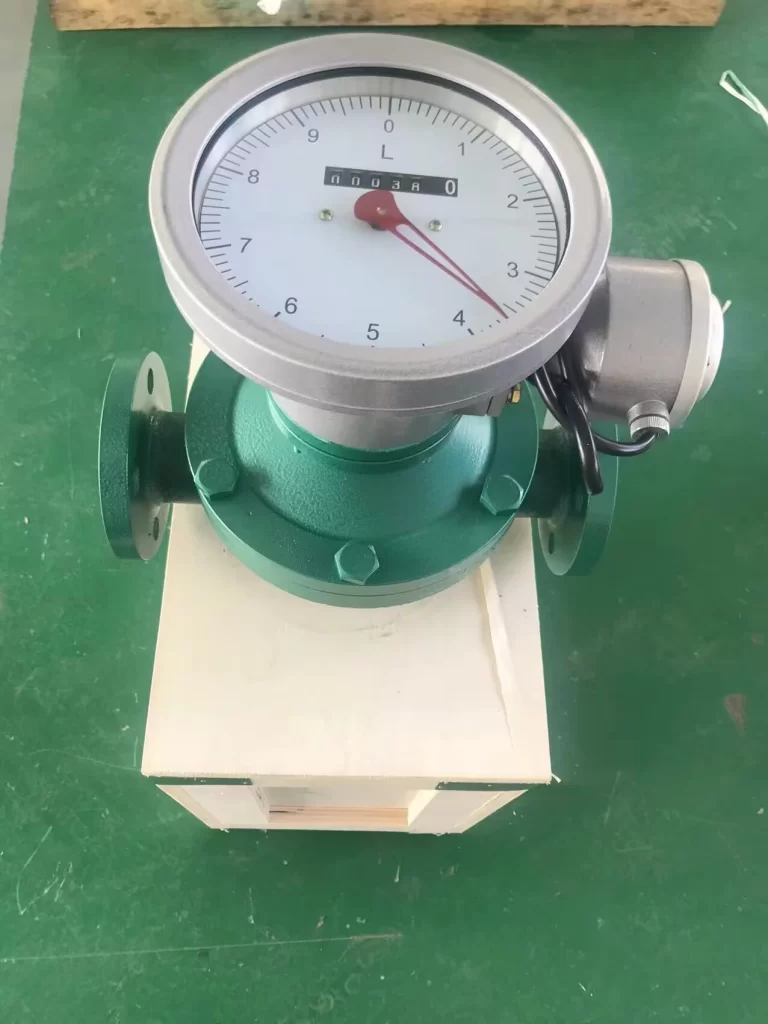
How Do I Read a Water Flow Meter?
Reading a mechanical water meter is like reading a car’s odometer. Record the numbers or dial digits from left to right, representing the total water usage. For a dial water meter, you should locate the dial and find the smaller of the two numbers with the pointer in the middle.
For a digital water meter, record all displayed digits, noting the decimal point, to accurately calculate water usage. Digital water meters can also display the flow rate. On the other hand, Mechanical water meters use a low-flow indicator. When the water should be turned off, this indicates whether water is flowing.
What Are Q1, Q2, Q3, and Q4 Flow Meters?
Q1, Q2, Q3, and Q4 are key parameters of a water meter’s flow characteristics, used to measure its accuracy and applicable range.
Q1 is the minimum flow rate. This refers to the lowest flow rate at which the error is maximum. A flow rate below this value may result in under-measurement.
Q2 is the excess flow rate. Q2 lies between Q1 and Q3, dividing the flow range into two error intervals.
Q3 is the stable flow rate. This refers to the maximum allowable flow rate under rated operating conditions. Exceeding this value may damage the meter movement.
Q4 is the overload flow rate. This is the maximum flow rate the meter can withstand for a short period of time without damage.
How Do I Read a Medical Flow Meter?
Most medical flow meters use the variable area measurement principle. To read a medical flow meter, we should locate the float indicator inside the transparent tube and observe its position relative to the scale on the tube. The flow rate determines how high the float rises in the tube, and the flow rate is calculated from the float reading. The scale on a float-type flow meter is usually read at the top of the float.
What Is the Difference Between Local and Remote Flow Meter Displays?
The primary difference lies in their physical location relative to the flow meter’s measuring element. A local display is directly integrated into or connected to the flow meter itself. Some flow meter technologies display flow locally. For example, some mechanical flow meters, such as rotameters, have scales printed on the device.
A remote display, on the other hand, is a separate unit connected via a wired or wireless connection. Some flow meter technologies and models offer a remote display option. The measuring portion of the device is inserted into or connected inline to the process pipe. However, a digital flow display is housed in a housing connected by a cable. It is placed in a more convenient or accessible location away from the meter’s mounting point.
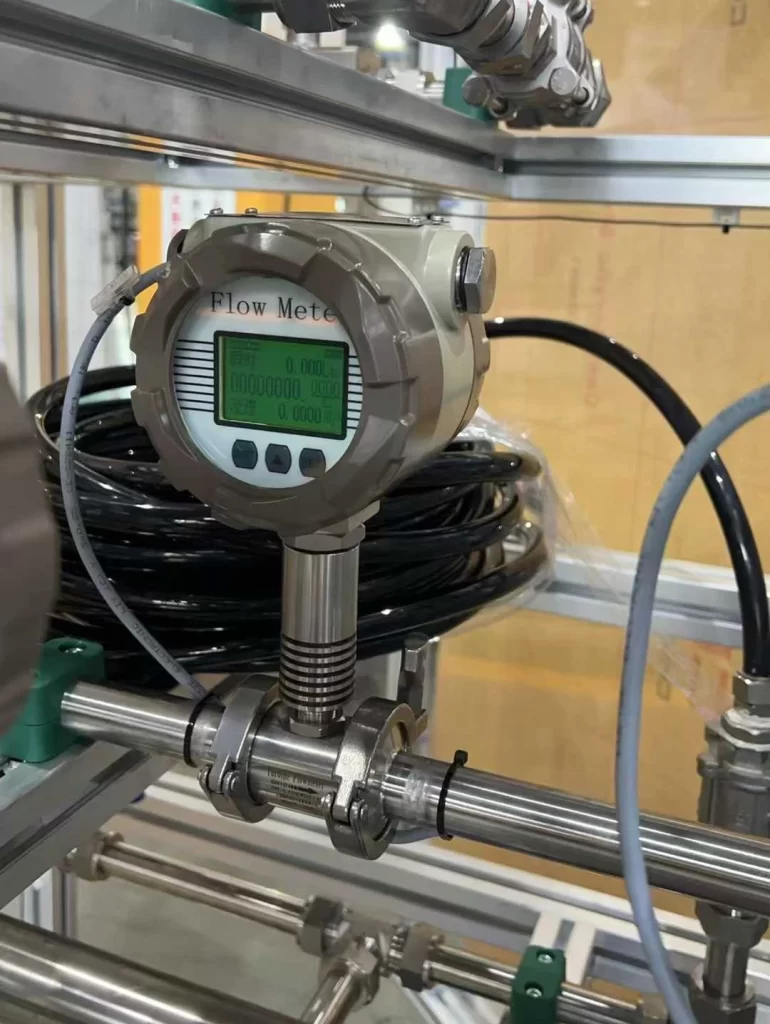
Flow Meter Displays Power Supply
Flow meter displays have three main power supply methods.
AC (100-240V) is a common power supply. It connects directly to a 220V AC power source and is suitable for common industrial applications. Both split-mount and integrated models are supported.
DC (12V or 24V) uses a low-voltage DC power supply and is used where AC power is not permitted. It can also be powered by a flow totalizer or integrator. It is typically used with a flow totalizer.
Internal batteries are used in applications where an external power source is unavailable. Examples include some electromagnetic flow meters and vortex flow meters.
More Flow Measurement Solutions
Accurate flow meter readings are crucial across various industries. They directly impact the stability of production processes. Therefore, it’s crucial to understand how to correctly read different types of flow meters.
Sino-inst has expertise in industrial instrumentation. We provides comprehensive flow, pressure, and temperature measurement solutions. Our products are renowned for quality and precision. They can be used in a wide range of industries. And we are backed by professional engineering and exceptional customer support.
If you have any questions about flow meter readings, please contact us!
-1.jpg)
